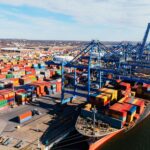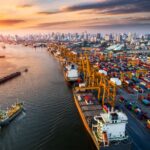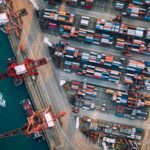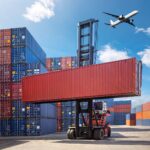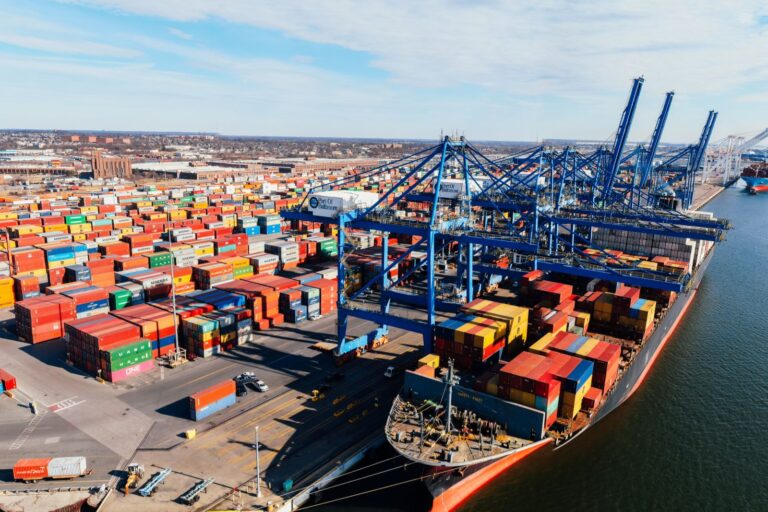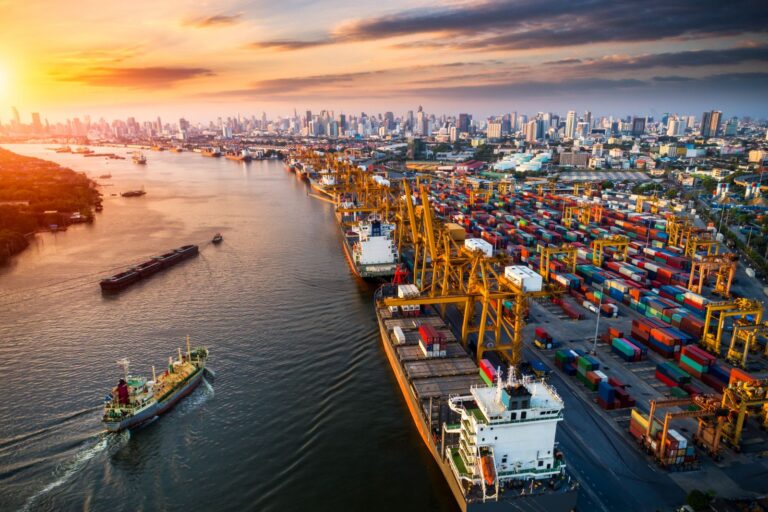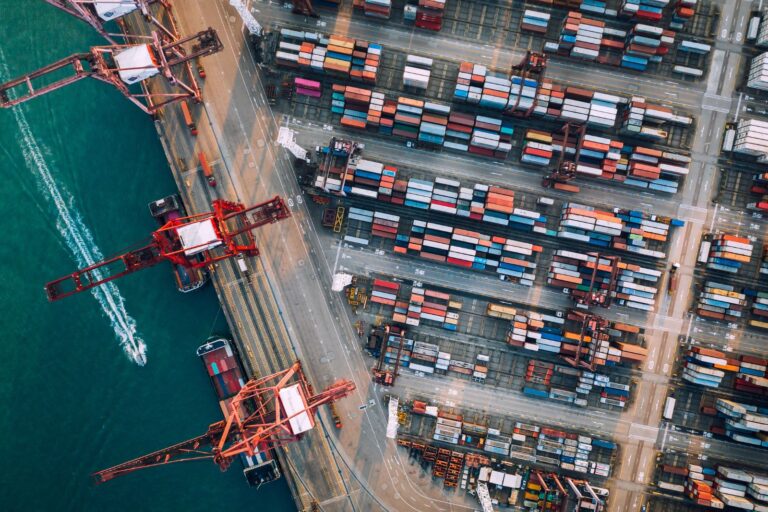Shipping hazardous materials poses significant risks to people, property, and the environment. Whether you’re a business dealing with chemicals, batteries, or flammable substances, understanding what is dangerous goods shipping is critical to ensure safety and regulatory compliance.
Dangerous goods shipping involves transporting materials classified as hazardous under international and local regulations. Mismanagement can lead to accidents, legal penalties, or shipment delays.
At EGL – Emerald Global Logistics, we specialise in safe and compliant transportation of hazardous materials, offering tailored solutions for businesses across Australia. Our expertise ensures your goods reach their destination securely and on time.
What Are Dangerous Goods?
Definition and Classification
Dangerous goods, also known as hazardous materials, are items that pose risks during transport due to their chemical, physical, or biological properties. Common categories include:
- Flammable Liquids & Solids – Gasoline, paints, adhesives.
- Explosives – Fireworks, ammunition, blasting agents.
- Toxic Substances – Pesticides, chemicals, infectious materials.
- Corrosives – Acids, alkalis, batteries.
- Compressed Gases – Oxygen, propane, refrigerants.
These classifications follow the International Maritime Dangerous Goods (IMDG) Code, IATA Dangerous Goods Regulations for air transport, and local Australian guidelines.
Benefits of Using Expert Dangerous Goods Shipping
- Safety Assurance: Reduce risks of accidents during transport.
- Regulatory Compliance: Avoid fines, penalties, or shipment rejection.
- Efficient Logistics: Proper packaging and documentation streamline clearance.
- Reputation Protection: Safe handling ensures brand reliability.
How Dangerous Goods Shipping Works
Step-by-Step Process
- Classification: Identify the hazard class of your product.
- Packaging: Use certified containers that comply with regulations.
- Labeling: Apply hazard labels and proper documentation.
- Documentation: Prepare shipping papers, Material Safety Data Sheets (MSDS), and emergency contacts.
- Transport Mode: Choose air, sea, or land based on goods type and destination.
- Monitoring: Track shipments with specialized monitoring systems.
At EGL, we handle all these steps to provide end-to-end solutions for hazardous materials shipping.
Costs and Pricing Insights
Pricing depends on:
- Type and quantity of hazardous goods.
- Required packaging and labeling.
- Transportation mode (air freight is often costlier than sea freight).
- Insurance for high-risk shipments.
Tip: Proper classification and documentation can reduce unnecessary charges.
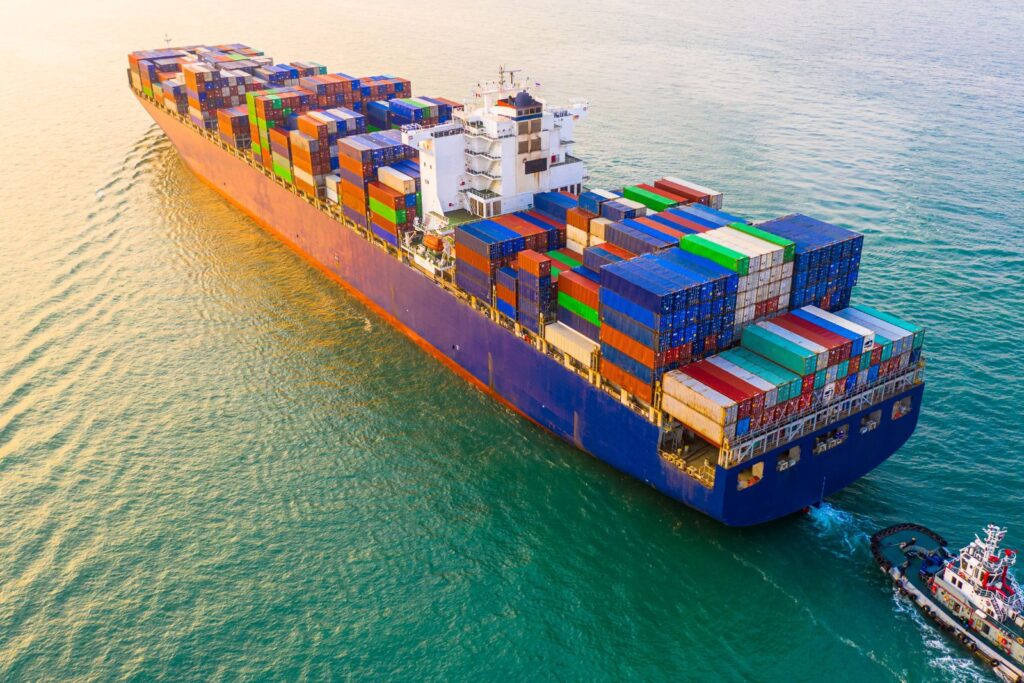
Tips & Best Practices
- Use Certified Packaging: Ensure containers meet legal standards.
- Train Staff: Employees should be trained in handling hazardous materials.
- Maintain Accurate Documentation: Avoid delays and penalties.
- Plan Ahead: Dangerous goods require longer processing times.
- Consult Experts: Use professional logistics providers like EGL for compliance.
Common Mistakes to Avoid
- Misclassifying goods or using incorrect hazard codes.
- Using improper packaging that fails regulatory standards.
- Neglecting documentation like MSDS or emergency contacts.
- Attempting to ship restricted goods without permits.
- Failing to inform carriers about hazardous nature of shipment.
Use Cases & Examples
- Industrial Chemicals: Safe transport of acids, solvents, or cleaning agents.
- Medical Supplies: Shipping infectious substances or pharmaceutical chemicals.
- Batteries & Electronics: Lithium-ion battery transport requiring strict safety measures.
- Construction Materials: Flammable adhesives, explosives, or compressed gases.
At EGL, we provide customized shipping solutions, ensuring compliance with Australian and international regulations while reducing risk.
FAQs: What Is Dangerous Goods Shipping
1. What qualifies as dangerous goods?
- Items that are flammable, explosive, toxic, corrosive, or compressed gases.
2. Can I ship dangerous goods myself?
- Only if you follow strict regulations; using experts like EGL is safer.
3. How are dangerous goods shipped safely?
- Using certified packaging, labeling, documentation, and compliant transport modes.
4. Do dangerous goods shipments cost more?
- Yes, due to packaging, handling, insurance, and regulatory compliance.
5. Who ensures compliance during shipping?
- Experienced logistics providers like EGL – Emerald Global Logistics manage all compliance requirements.
Conclusion
Understanding what is dangerous goods shipping is essential for safe, compliant, and efficient transport of hazardous materials. Proper classification, certified packaging, and accurate documentation reduce risks and streamline logistics.
At EGL – Emerald Global Logistics, we provide end-to-end solutions for businesses shipping dangerous goods, ensuring compliance with international and Australian regulations.
If you’re ready to transport hazardous materials safely and efficiently, contact EGL today for expert guidance and support.

